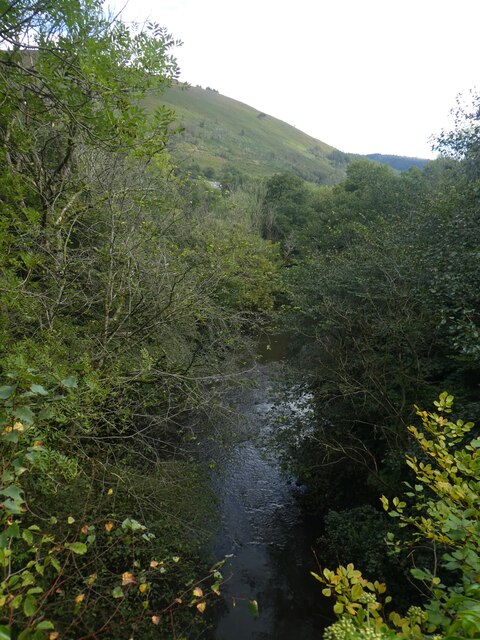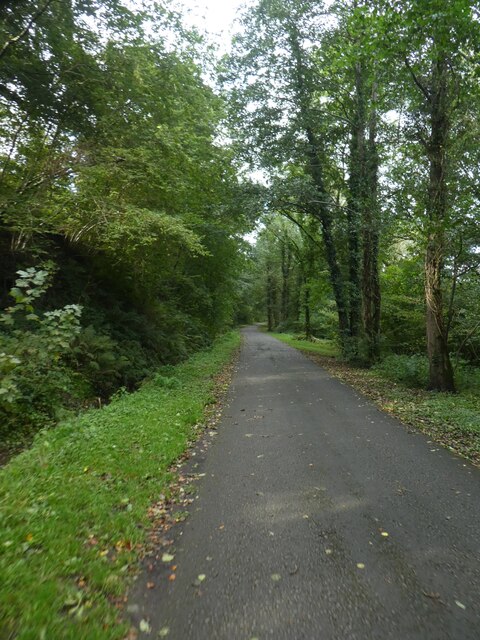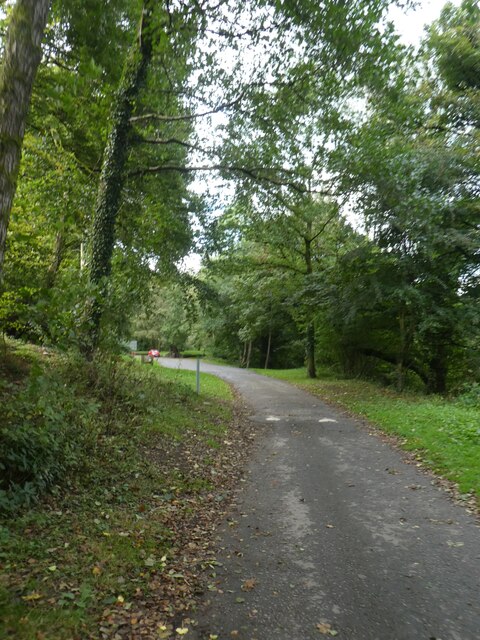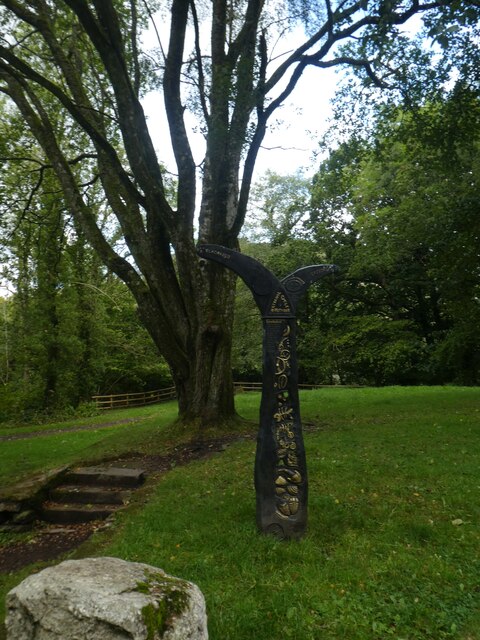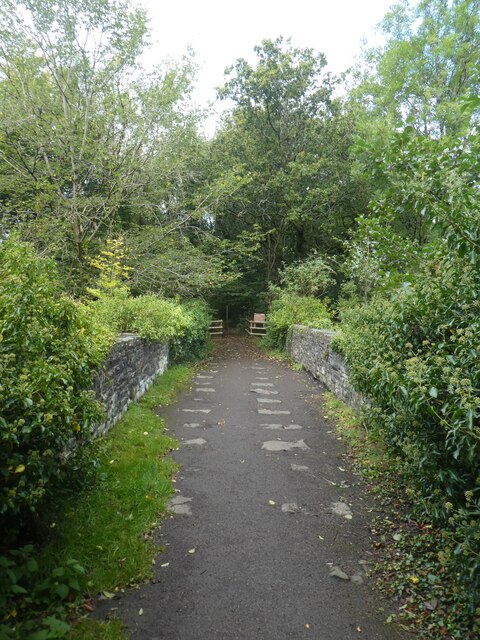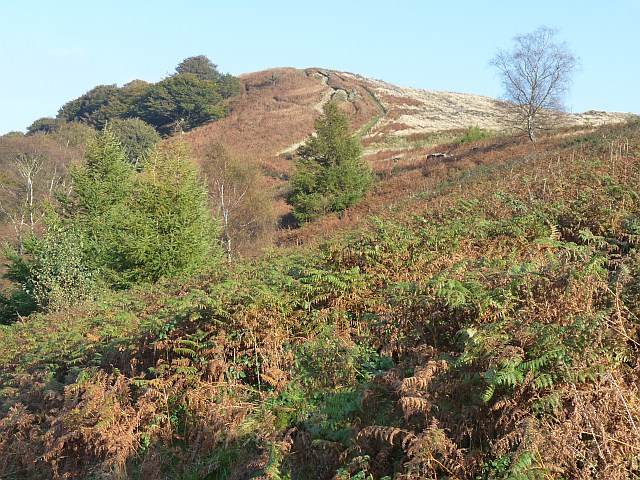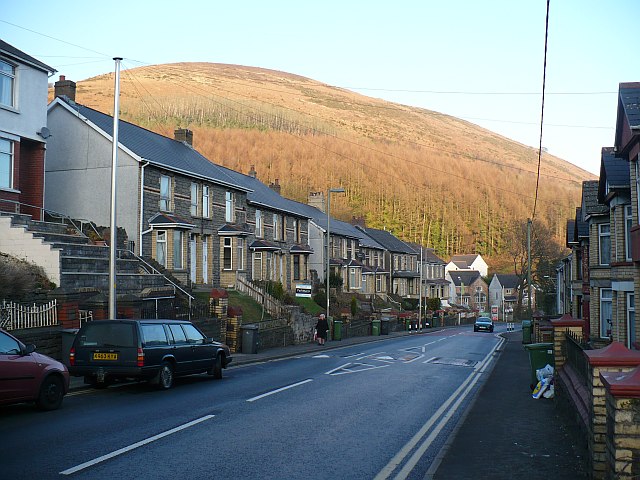Black Vein
Settlement in Monmouthshire
Wales
Black Vein

Black Vein is a small village located in the county of Monmouthshire, Wales. Situated in the eastern part of the county, it lies approximately 3 miles south of the town of Ebbw Vale. The village is nestled within the beautiful landscape of the South Wales Valleys, surrounded by rolling hills and lush green fields.
Originally a mining community, Black Vein's name is derived from the coal seams that were once prevalent in the area. The village witnessed significant growth during the 19th and early 20th centuries, as coal mining became the primary industry. However, with the decline of the coal industry in the mid-20th century, the village experienced a significant economic downturn.
Today, Black Vein retains its rural charm and is home to a close-knit community. The village offers a range of amenities, including a local convenience store, a primary school, and a community center. The picturesque countryside surrounding Black Vein provides ample opportunities for outdoor activities such as hiking and cycling.
Black Vein's location within Monmouthshire allows for easy access to nearby towns and attractions. The town of Ebbw Vale, with its shopping centers, leisure facilities, and train station, is just a short drive away. Additionally, the Brecon Beacons National Park is within close proximity, offering stunning landscapes, hiking trails, and wildlife.
In conclusion, Black Vein is a small village in Monmouthshire that boasts a rich mining history, a close-knit community, and access to the beautiful Welsh countryside.
If you have any feedback on the listing, please let us know in the comments section below.
Black Vein Images
Images are sourced within 2km of 51.612405/-3.127866 or Grid Reference ST2291. Thanks to Geograph Open Source API. All images are credited.




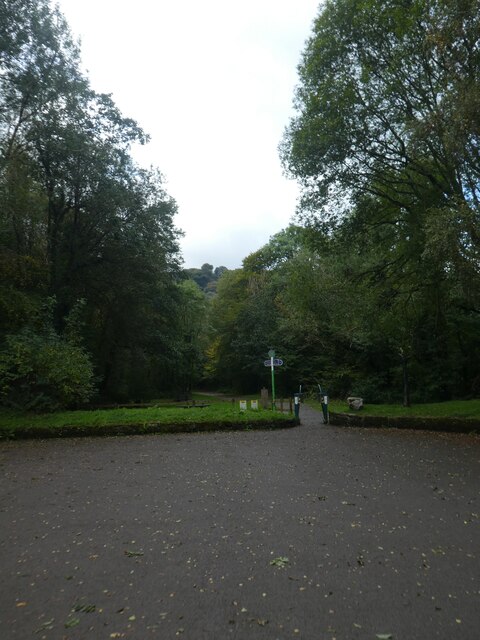
Black Vein is located at Grid Ref: ST2291 (Lat: 51.612405, Lng: -3.127866)
Unitary Authority: Caerphilly
Police Authority: Gwent
What 3 Words
///starlight.pacemaker.slot. Near Crosskeys, Caerphilly
Nearby Locations
Related Wikis
Crosskeys
Crosskeys (Welsh: Pont-y-cymer) is a village, community and an electoral ward in Caerphilly county borough in Wales. == Etymology == The village was originally...
Crosskeys College
Coleg Gwent - Crosskeys (generally known as Crosskeys College) is the largest campus of Coleg Gwent. It is located next to Risca Road in Crosskeys, near...
Crosskeys railway station
Crosskeys railway station is a station serving the village of Crosskeys in the Caerphilly County Borough in Wales. It is on the Ebbw Valley Railway. The...
Mynydd Machen
Mynydd Machen or Machen Mountain is a 362-metre-high (1,188 ft) hill lying between the town of Risca and the village of Machen in Caerphilly County Borough...
Saint Mary & Saint Philopateer Abu Saifain Coptic Orthodox Church
St Mary and St Mercurius Coptic Orthodox Church is the first Coptic Orthodox Church in Wales, at St Mary Street in Risca, Newport, Wales. It was consecrated...
Nine Mile Point railway station
Nine Mile Point railway station was a halt on the Newport to Tredegar line of the Sirhowy Railway. It served the village of Wattsville. It marked the...
Machen railway station
Machen railway station was an interchange junction in Caerphilly County Borough, South Wales. It was large and substantial compared with many other stations...
Mynydd y Lan
Mynydd y Lan is a 381-metre-high flat-topped hill in Caerphilly county borough in South Wales. It falls largely within the community of Ynysddu but its...
Nearby Amenities
Located within 500m of 51.612405,-3.127866Have you been to Black Vein?
Leave your review of Black Vein below (or comments, questions and feedback).






